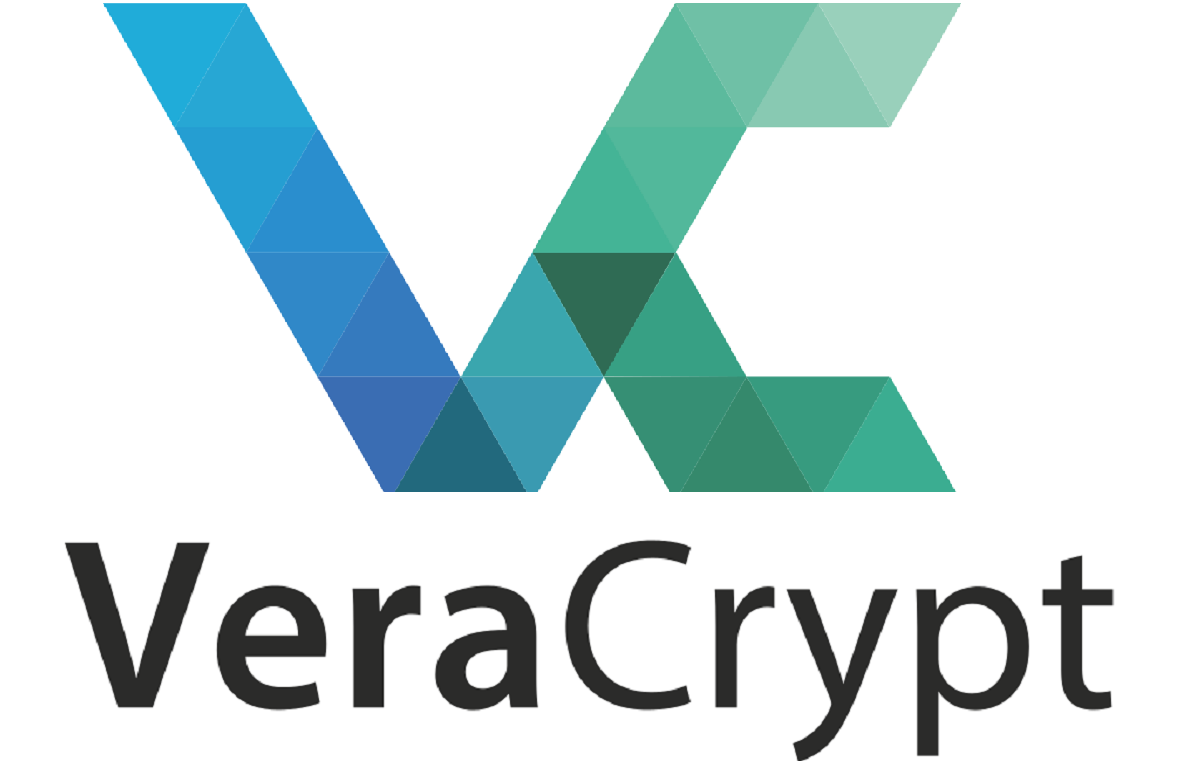
VeraCrypt is an excellent tool that is used to perform disk encryption, using different encryption algorithms such as: AES, Serpent and Twofish, or a combination of them.
After almost a year and a half of development (since the last stable release), The new version of "VeraCrypt 1.26" was released which highlights support for EMV banking smart cards, compatibility issues have been resolved, support improvements for partition mounting and more.
For those who do not know about VeraCrypt, you should know that this is a fork of the TrueCrypt disk partition encryption system. VeraCrypt stands out by replacing the RIPEMD-160 algorithm used in TrueCrypt with SHA-512 and SHA-256, increasing the number of hash iterations, simplifying the build process for Linux and macOS, and eliminating issues identified during code auditing. TrueCrypt source.
Main new features of VeraCrypt 1.26.7
In this new version that is presented of VeraCrypt 1.26.7 we can say that the most notable novelty, is the new added support (for both Windows, MacOS and Linux) for the use of bank smart cards that comply with the EMV standard, as a keystore to access non-system partitions. EMV cards can be used in VeraCrypt without the need to configure the PKCS#11 module separately and without entering a PIN code. The content of the key file is generated based on the unique data present on the card.
For the changes and improvements on Windows It is mentioned that starting with this version of VeraCrypt 1.26.7, The minimum supported version will be Windows 10. In theory, VeraCrypt can still run on Windows 7 and Windows 8/8.1, but it is no longer being tested or supported.
In addition to this, in Windows, memory protection mode is enabled by default, preventing processes that do not have administrator privileges from reading the contents of VeraCrypt memory.
It is also highlighted that improved implementation of memory encryption and the mode to quickly create file containers, a more modern dialog box for selecting files and directories has been used, which is better compatible with Windows 11, and issues related to the increasing slowdown of Encrypt-In-Place encryption have been resolved on large partitions.
On MacOS, the new version only fixed the issue where the VeraCrypt window became unusable in use cases involving multiple monitors and resolution changes.
Regarding the edition of VeraCrypt 1.26.7 for Linux, the compatibility improvements on Alpine Linux and the musl standard C library, as well as Ubuntu 23.04 and wxWidgets 3.1.6+.
Improved support for classic installers from older Linux distributions, In addition, a recommendation has been implemented to add an additional check to ensure that the primary and secondary keys do not match when creating partitions.
Of the others changes that stand out:
- EFI Bootloader has improved support for the original Windows boot loader in crash recovery mode. An option has been added to the menu to mount without using the cache.
- Fixed a bug in the pseudorandom number generator that caused tests to fail when using the Blake2s algorithm.
Issues with running the fsck utility have been resolved. - The issue of choosing the wrong size for hidden partitions when using the use all free disk space mode has been resolved.
- Fixed an issue when creating hidden partitions via the command line interface.
- Expander has added support for moving files and keys in drag and drop mode.
- Partitions created with these algorithms can no longer be mounted with VeraCrypt.
- For standard and system encrypted partitions, it is possible to use a new algorithm to generate pseudo-random sequences, using the BLAKE2s hash function.
- Removed TrueCrypt compatibility mode. The latest version that supports mounting or converting TrueCrypt partitions is VeraCrypt 1.25.9.
finally if you are interested in knowing more about it, you can check the details in the following link
How to install VeraCrypt on Linux?
For those who are interested in being able to install this tool on their system, they can do so by following the instructions we share below.
Who are they for Arch Linux, Manjaro, Arco Linux users or any other derivative From Arch Linux, they can install the tool either directly with the help of Pacman or from the AUR repositories.
If you want to install with pacman:
sudo pacman -S veracrypt
In the case of installing from AUR:
yay -S veracrypt
Now in the case of Debian, Ubuntu, CentOS users or some derivative of these can be directed to the official website of the application and in its downloads section you can find the compiled packages for the different versions of the distributions, whether the GUI or the CLI version.
In the case of those who use Debian 12, you can download the GUI version with:
wget https://launchpad.net/veracrypt/trunk/1.26.7/+download/veracrypt-1.26.7-Debian-12-amd64.deb
Wave CLI version:
wget https://launchpad.net/veracrypt/trunk/1.26.7/+download/veracrypt-console-1.26.7-Debian-12-amd64.deb
While for those who are users of Ubuntu 23.04, GUI version:
wget https://launchpad.net/veracrypt/trunk/1.26.7/+download/veracrypt-1.26.7-Ubuntu-23.04-amd64.deb
Or for 22.04 LTS:
wget https://launchpad.net/veracrypt/trunk/1.26.7/+download/veracrypt-1.26.7-Ubuntu-22.04-amd64.deb
20.04 LTS:
wget https://launchpad.net/veracrypt/trunk/1.26.7/+download/veracrypt-1.26.7-Ubuntu-20.04-amd64.deb
Finally can install deb package (regardless of what distribution it was for, if Debian, Ubuntu etc) by executing the command:
sudo apt install ./veracrypt-1.26*.deb
For those who are CentOS 8/Fedora 38 users, You can download the GUI version with:
wget https://launchpad.net/veracrypt/trunk/1.26.7/+download/veracrypt-1.26.7-CentOS-8-x86_64.rpm
Or openSUSE users:
wget https://launchpad.net/veracrypt/trunk/1.26.7/+download/veracrypt-1.26.7-openSUSE-15-x86_64.rpm
And they install the GUI package with the command:
sudo rpm -i veracrypt-1.26-*.rpm